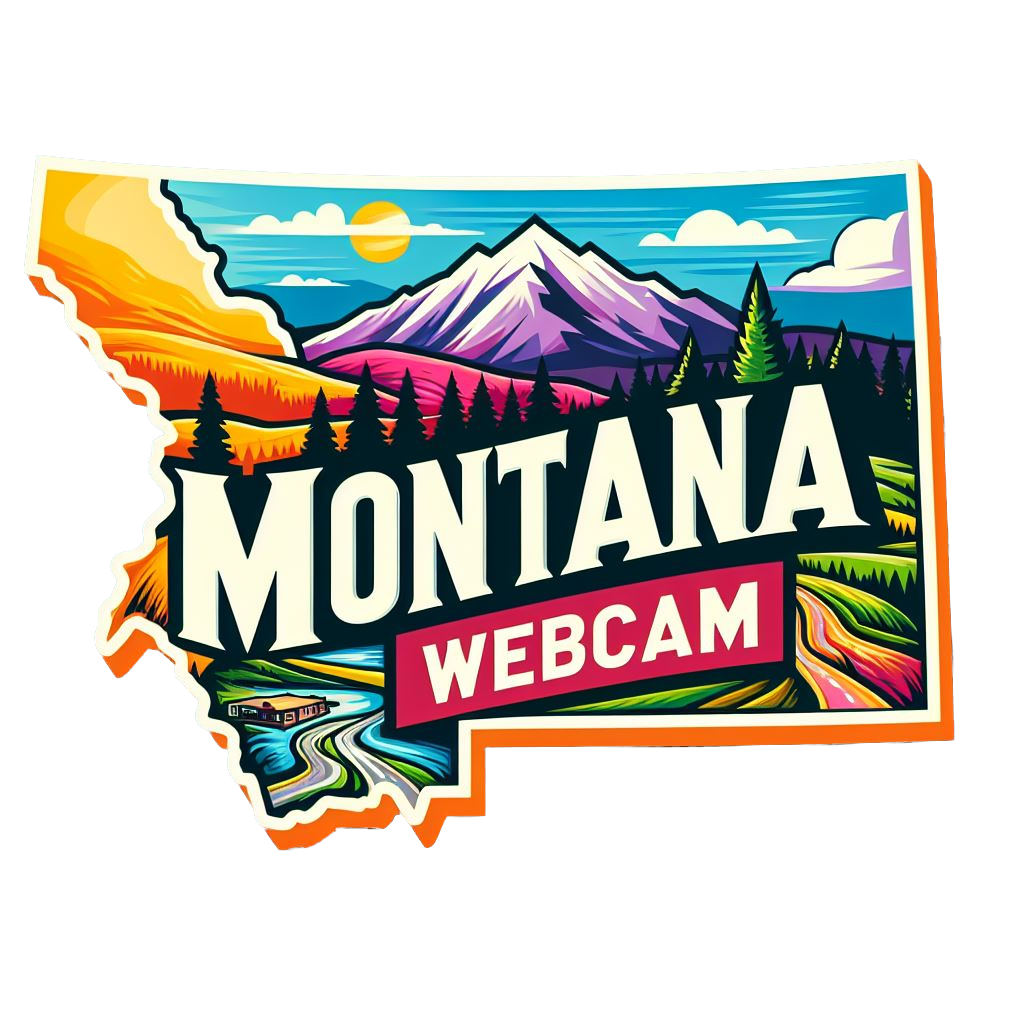Choteau, MT Weather Cams
Choteau Airport Weather Cams
A Frontier Town’s Journey: The Rich History of Choteau, Montana
Choteau, MT Weather Cams. Nestled in the heart of Montana’s Rocky Mountain Front, Choteau has evolved from a remote fur trading post to a thriving agricultural community with a rich history spanning nearly two centuries. This small town, named after French fur trader and explorer Pierre Chouteau Jr., has played a significant role in the development of Montana’s Teton County and stands as a testament to the resilience and spirit of the American West.
The story of Choteau begins long before European settlers arrived in the region. For thousands of years, Native American tribes, including the Blackfeet, Salish, and Kootenai, inhabited the area. They hunted bison on the vast plains and fished in the clear mountain streams that characterize this beautiful landscape.
The first documented European presence in the area came with the Lewis and Clark Expedition in 1805-1806. As they explored the Louisiana Purchase, Meriwether Lewis and William Clark passed through what would later become Teton County, noting the area’s abundant wildlife and natural beauty in their journals.
In the early 1800s, fur traders began to establish themselves in the region. Pierre Chouteau Jr., a prominent St. Louis businessman and fur trader, played a crucial role in developing trade relationships with Native American tribes in the area. Although Chouteau himself never visited the site of the future town, his influence on the region was significant enough that the settlement would eventually bear his name.
The formal establishment of Choteau can be traced back to 1879 when a trading post was set up at the confluence of the Teton River and Spring Creek. This post, initially called “Old Agency,” served as a distribution point for supplies to the local Blackfeet tribe. As more settlers arrived in the area, drawn by the promise of fertile farmland and vast grazing areas for cattle, the settlement began to grow.
In 1883, the town was officially platted and named Choteau. The arrival of the railroad in the late 1890s marked a turning point for the community, connecting it to larger markets and spurring economic growth. Agriculture quickly became the backbone of the local economy, with wheat farming and cattle ranching emerging as the primary industries.
The early 20th century saw Choteau develop into a proper frontier town. In 1906, it was incorporated as a city and became the county seat of the newly formed Teton County. This period witnessed the construction of many of the town’s landmark buildings, including the Teton County Courthouse, built in 1906, which still stands today as a symbol of Choteau’s enduring heritage.
Education has always been a priority for Choteau’s residents. The first school was established in the 1880s, and as the population grew, so did the educational facilities. Today, Choteau Public Schools continue to serve the community, maintaining the town’s commitment to quality education.
The discovery of oil in the region during the 1920s brought a new wave of prosperity to Choteau. While the oil boom was relatively short-lived, it contributed to the town’s growth and diversified its economy. The remnants of this era can still be seen in the form of pumpjacks dotting the landscape around Choteau.
Throughout the 20th century, Choteau faced its share of challenges, including the Great Depression and the drought years of the 1930s. However, the resilience of its residents and the strength of its agricultural base helped the town weather these difficult times.
In the post-World War II era, Choteau continued to evolve. The town’s proximity to natural wonders like Glacier National Park and the Bob Marshall Wilderness Complex began to attract tourists, adding tourism to its economic portfolio. The establishment of the Old Trail Museum in 1977 helped preserve and showcase the area’s rich paleontological and cultural history, including fossils from the nearby Egg Mountain dinosaur nesting site.
Choteau has also played a role in national politics. The town gained brief national attention in 1974 when native son A.B. “Bud” Guthrie Jr. won the Pulitzer Prize for his novel “The Way West.” More recently, Choteau has been recognized as the hometown of Jeanette Rankin, the first woman elected to the United States Congress.
Today, Choteau remains a small but vibrant community of about 1,700 residents. While agriculture continues to be the mainstay of the local economy, the town has diversified into areas such as healthcare, education, and tourism. The Teton Medical Center, established in 1951, serves as a crucial healthcare provider for the region.
Choteau’s commitment to preserving its heritage while embracing the future is evident in its well-maintained historic district and its efforts to adopt sustainable practices. The town has invested in wind energy projects and continues to explore ways to balance economic development with environmental conservation.
As Choteau moves into the 21st century, it faces both opportunities and challenges. Like many rural communities, it grapples with issues such as population retention and economic diversification. However, the town’s strong sense of community, coupled with its stunning natural surroundings and rich history, continues to make it an attractive place to live and visit.
From its humble beginnings as a fur trading post to its current status as a quintessential Montana town, Choteau’s history is a microcosm of the American West. It stands as a testament to the enduring spirit of frontier communities and their ability to adapt and thrive in the face of changing times. As Choteau looks to the future, it does so with a deep appreciation for its past and a continued commitment to the values that have shaped it for nearly two centuries.
For more information, visit the official Choteau, MT website.
